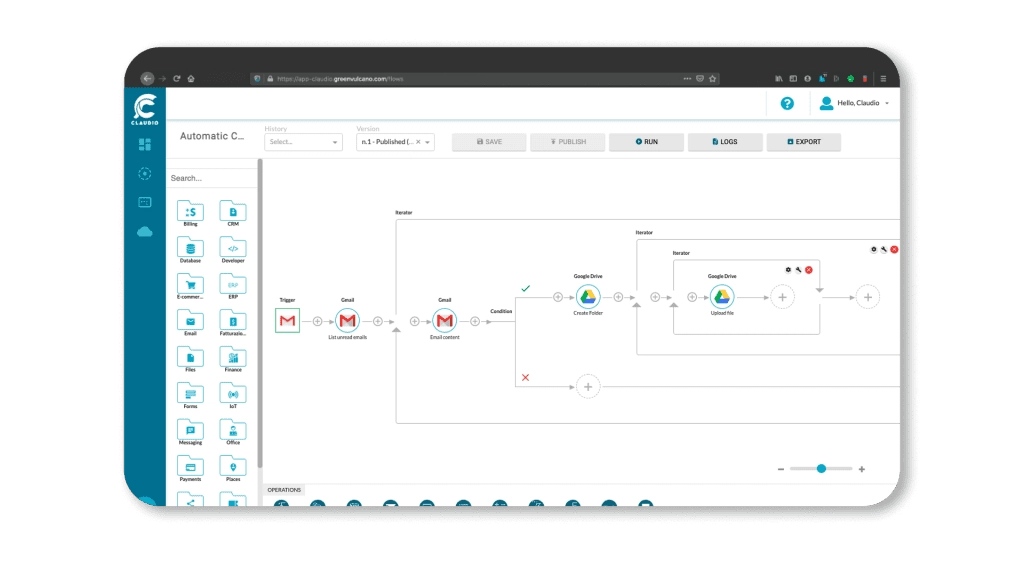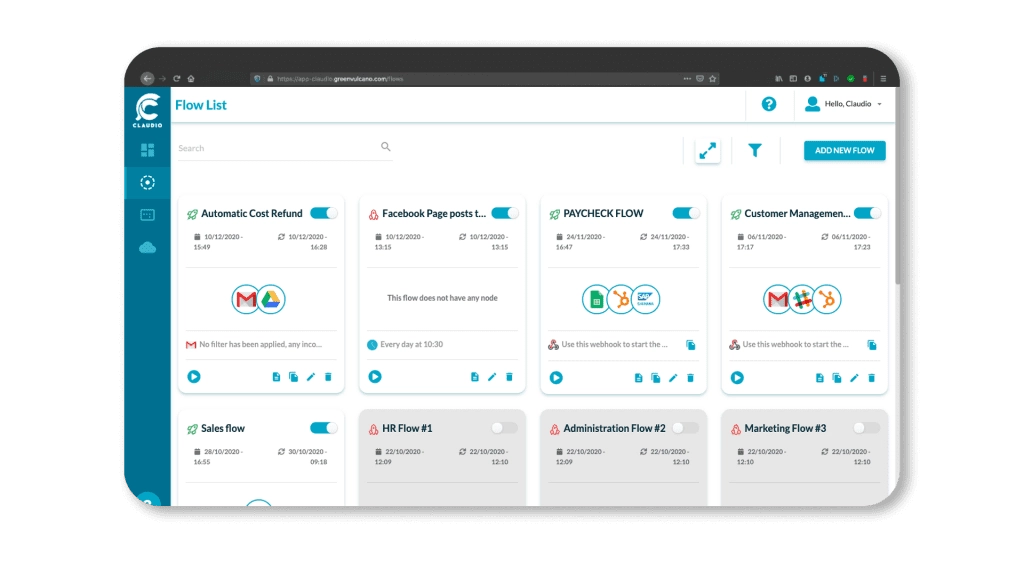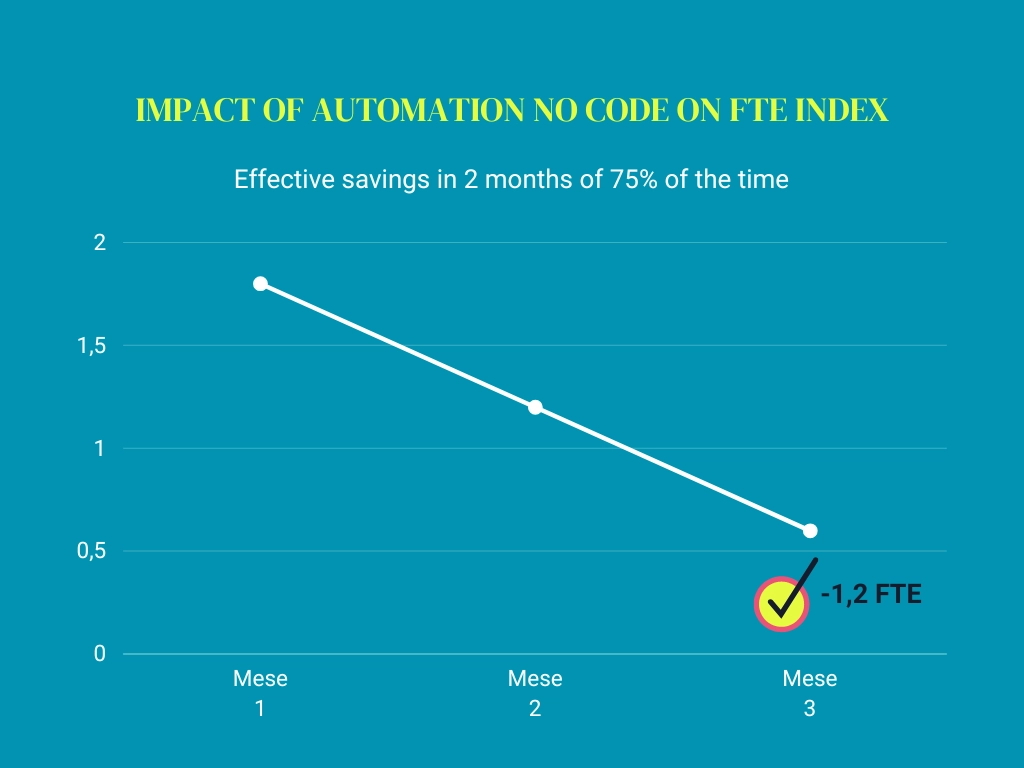Productivity is a crucial issue for any company, regardless of size. Managers and entrepreneurs know that effective process automation can make the difference between success and failure in today's competitive world. However, to achieve optimal efficiency, it is essential to have quick access to the data needed to answer the questions of different business functions, such as accounting, logistics, sales and marketing.
I have often found myself pondering ways to make data easily accessible to the right people at the right time, and today, thanks to digital technologies, we can finally make this vision a reality. New No-code and Low-code technologies represent a momentous breakthrough in data automation, enabling companies to access the right data quickly and efficiently.

No-code and Low-code technologies offer an innovative way to create applications and automate business processes without the need to write code. They are designed to be used even by people who are not programming experts, such as HR managers, managers and other business professionals.
No-code technology allows applications to be built through an intuitive drag-and-drop based interface, where elements can be dragged and dropped to create customized workflows. This simplified approach saves time and reduces dependence on external IT departments.
Low-code technology, on the other hand, offers a greater level of flexibility, allowing developers to write portions of code to further customize applications. This allows for highly customized solutions that can be adapted to a company's specific needs.

Data automation offers a number of key benefits to increase business productivity:
An HR manager of an ICT consulting company with 200 employees working at clients often needed to manage a vast amount of data related to employees, contracts, work schedules, and other aspects critical to the operation of the company.
Its needs were:
With our process automation solution, the project took 2 months to complete, and since live all improvements have been made directly by the company through the power of No-code.
A savings of 1.2 FTE was calculated for automated personnel operations, with a return on investment in less than 6 months.
